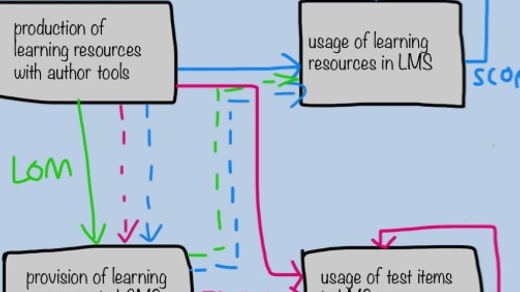Welcome to the world of CI/CD pipelines, where efficiency meets automation in software development! In this tutorial, we will explore the ins and outs of CI/CD pipelines, unveiling the secrets behind seamless integration, continuous delivery, and accelerated development cycles. So fasten your seatbelts and get ready to embark on a journey that will revolutionize your software development workflow. Let’s dive into the wonders of CI/CD pipelines!
An Introduction to DevOps and its Stages
DevOps is a software development approach that combines continuous integration (CI) and continuous delivery (CD) to streamline the software development process. The CI/CD pipeline is a key component of DevOps and consists of several stages.
The first stage is code integration, where different developers merge their code changes into a shared software repository. This ensures that all changes are combined into a single, unified codebase.
Next is the build stage, where the source code is compiled and transformed into an executable form. This stage also includes tasks like dependency management and test automation.
The third stage is testing, where various types of tests are performed to ensure the quality and functionality of the software. This includes unit tests, integration tests, and smoke tests, among others.
After testing, the software is deployed to a staging environment for further evaluation. This allows for a sanity check before the final deployment to the production environment.
The final stage is the release stage, where the software is deployed to the production environment and made available to end users.
Jenkins: The Ultimate CI Tool for CI/CD Pipelines

Jenkins is widely regarded as the ultimate CI tool for CI/CD pipelines. With its robust features and user-friendly interface, it simplifies the process of continuous integration and continuous delivery.
As a Linux user, incorporating Jenkins into your workflow can greatly enhance your software development experience. Through its integration with various tools and technologies such as GitLab, Docker, and Slack, Jenkins enables seamless collaboration and efficient communication among team members.
By automating the build, test, and deployment processes, Jenkins minimizes the risk of software bugs and ensures that your code is always production-ready. Its support for multiple programming languages, including C, Java, Python, and Ruby, makes it a versatile choice for developers from different backgrounds.
Using Jenkins, you can create a CI/CD pipeline that includes steps for code compilation, test automation, and deployment. This allows you to iterate quickly and receive timely feedback on the quality of your code.
Jenkins also provides a robust infrastructure for managing complex workflows and handling dependencies. With its intuitive interface and extensive documentation, it empowers engineers to take control of their software release life cycle.
Building a CI/CD Pipeline Using Docker and Jenkins
Building a CI/CD pipeline using Docker and Jenkins is a crucial step in modern software development. This tutorial will provide you with the necessary guidance to set up your own pipeline efficiently.
First, ensure that you have Docker and Jenkins installed on your Linux system. Docker allows you to create containers to isolate your applications, while Jenkins automates the building, testing, and deployment processes.
Next, define the steps of your pipeline. This can include pulling source code from a software repository, building the code using a compiler, running automated tests, and deploying the application. Jenkins uses a directed acyclic graph to define the order of these steps.
To implement your pipeline, you’ll need to create a Jenkinsfile, written in either YAML or Groovy. This file specifies the stages, steps, and conditions for your pipeline.
Take advantage of Jenkins plugins to enhance your pipeline. For example, you can integrate Slack notifications for real-time updates or use plugins to automate deployment to Docker containers.
Ensure that your pipeline includes proper error handling and sanity checks. This will help you catch and address any software bugs or failures early in the process.
Once your pipeline is set up, it will provide a seamless flow of code from development to production, enabling faster iterations and feedback. This is a key aspect of agile software development.



